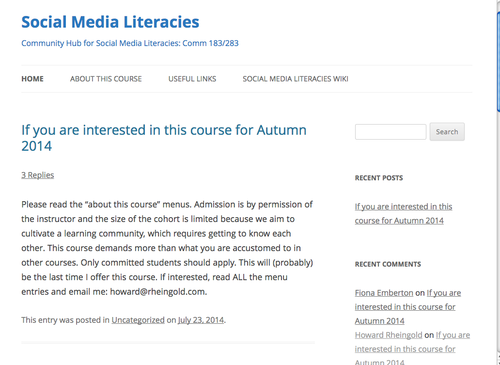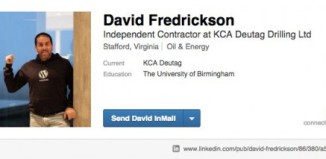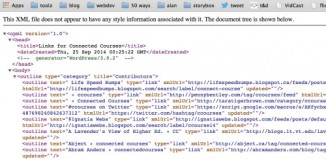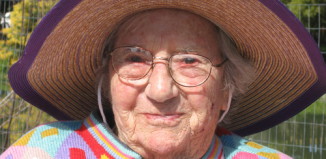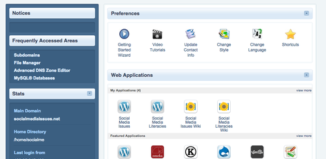Organizers
No, You Can’t Use My Photo for Your Fake Identity, and No, I Can’t Prevent It
Pulled Out of an RSS Rabbit Hole By a Hawksey Genius Card
WordPress Hidden OPML Gem
You can view #ccourses as a stream, not a queue!
When I started asking my college co-learners to set up RSS aggregators, they panicked until I told them what I now tell them when I ask them to start following RSS feeds: Treat this incoming information as a stream, not a queue. You don’t have to tick off every item. Learn the art of sampling. Dip in as your time and interest allows. Participate in ways that you feel moved to participate. Don’t stress about “keeping up.” If you are busy otherwise for a week or two, don’t drop it, just sample from the current stream. Think of #ccourses this way and you will remove some anxiety from the process!

Stream in Arkhangelsk Oblast, Russia — Public Domain
You can view #ccourses as a stream, not a queue!
Grasping for the Holy Comment Grail
How is #ccourses going? Where should it go? Let’s unconference about it!
Connected Courses is off to a great start, but great starts don’t guarantee success. I’d like to get a better sense of how the course is being perceived and how participants would like to see it go in the future — and will communicate what I find out to the other facilitators. So I’m going to host a couple of online unconferences. I’m going to use the Collaborate platform for that. It has the disadvantage of being Java-based and proprietary (and owned by Blackboard, at that), but it has the advantages of enabling up to 49 people besides me to participate (which means text chat, audio, and video) and it has an anonymous interactive whiteboard that is perfect for an unconference kind of agenda. Here’s how it works:
Schedule: We have learners all over the world, so I’m going to host the first session at 6 PM Pacific this coming Thursday, September 25, and the second one at 9:30 AM Pacific the following Wednesday, October 1.
Agenda: It’s up to you! We’ll make anonymous suggestions on the whiteboard at the beginning, then informally vote on them.
How: First, make sure you have the latest Java installed and enabled in your browser. Next, use this link to see if you are set up properly:
Finally, I will open the room 10-15 minutes before the appointed start time. Use this link to get in:
https://bit.ly/collaboratehoward
You will want to set up your microphone and camera. Go to the Tools menu, the Audio submenu, and the Audio setup wizard. It’s best to use a headset. In any case, you need to click on the audio link in the audio-video panel to turn your microphone on. Keep it turned off while others are talking.
How is #ccourses going? Where should it go? Let’s unconference about it!
Why I teach
My mom was a teacher.
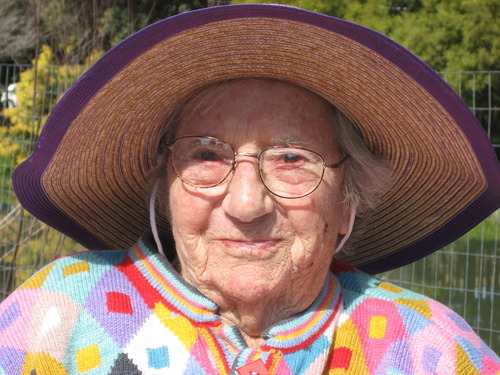
She was my teacher. I learned from her that learning should be fun, that the learner should take charge and not just follow orders, that people enjoy learning together — I later understood that social learning is what humans do better than all other species.
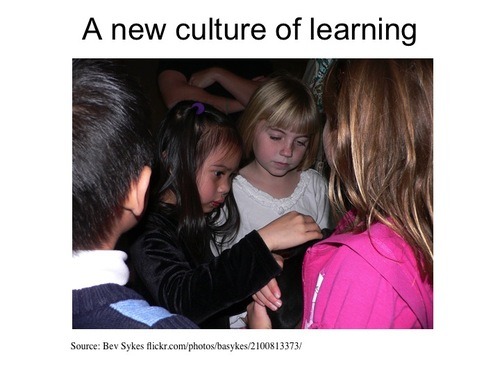
She also taught me that learning can and should be fun.
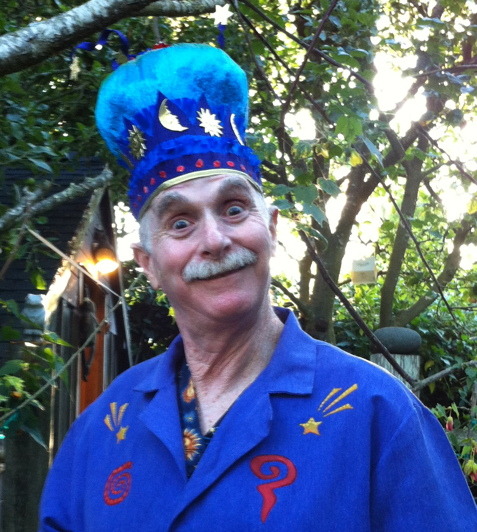
It took me a while to get off the podium.
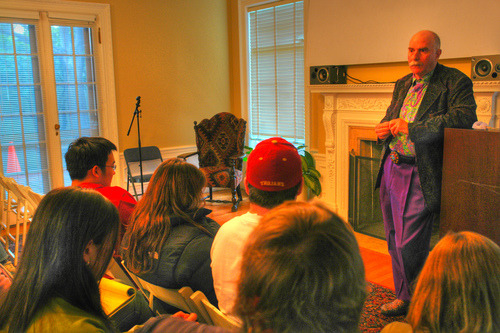
I started by moving the chairs in a circle and joining the circle. It was scary at first, but I started turning my teacher power — and the responsibility for learning — over to the learners. Eventually, we moved from this:
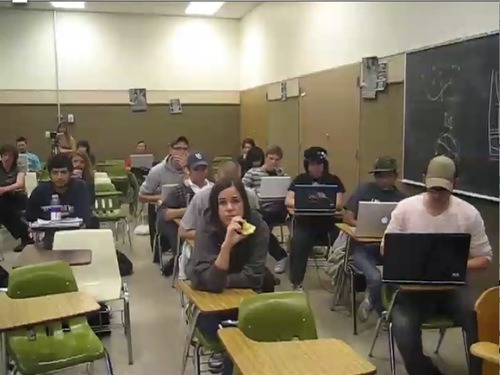
to this:
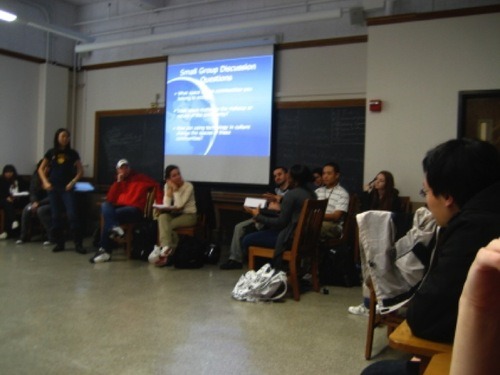
As I found techniques that worked, I realized that more important than my expertise in the subject was my growing expertise — and confidence — in transforming a classroom of individual learners into a cooperative learning community.
Why I teach
The bus came by, I got on, that’s where it all began
The bus came by, I got on, that’s where it all began
I’ve been developing a student-centered pedagogy for the ten years I’ve been teaching. I participated in some of the early cMOOCs. But I really got the religion when I discovered #ds106, and through that hashtag, the work of Jim Groom, Alan Levine, and Martha Burtis in creating the course that for me, was an exemplar of what I’ve called co-learning. When Mimi Ito suggested that we hold a kind of boot camp for open learning practitioners, and I suggested that the purpose of the camp should be to create a course for other educators, Jim Groom was the first person I asked to come aboard. If you are getting started with #ccourses, this 20 minute video will give you a big picture view of what we intend to accomplish. You’ll also see why so many of us call Jim Groom “The Reverend.”
Seeking Syndicated / Distributed / Connected Course Examples
Under The Hood: Where Technology, Pedagogy, and Power Meet
Under The Hood: Where Technology, Pedagogy, and Power Meet
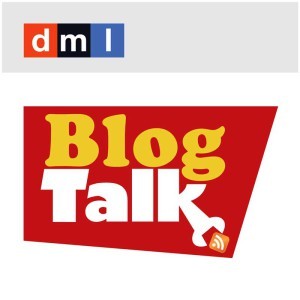
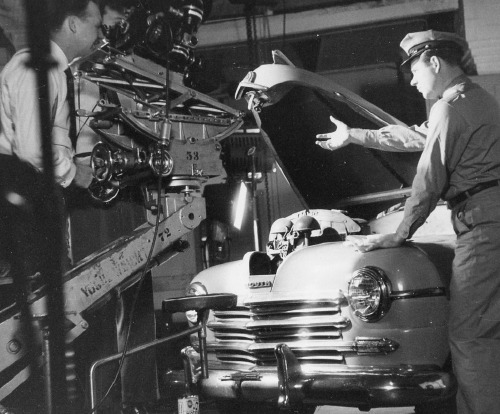
Image: http://www.bighappyfunhouse.com/archives/here_look_under_the_hood.jpg
This week’s “pre-course” unit is about digging more deeply into WordPress as a platform for open, connected courses — and about exploring the cPanel that enables domain of one’s own participants (and people who access similar platforms from other providers) to install WordPress, MediaWiki, Discourse, and other applications/media on servers that they can control. I’ve been through the process of moving from blogger to blog publisher to media platform tinkerer myself, and I’m still somewhat in the novice camp. Fortunately, this unit’s co-facilitators, Jim Groom and Alan Levine, are experts, to say the least. In this week’s Blogtalk (2 PM Pacific, Friday, September12), I’ll be looking under the hood with them.
Why go through the bother of installing and configuring WordPress or MediaWiki, Disqus or Discourse or Etherpad or all of the above? To me, it’s magic. For practically nothing — $25/year — I can create a co-learning environment for a seminar of 25 or a MOOC of thousands. Blogs, comments, forums, collaborative documents. The technologies of publishing and discourse that become available to those who are willing to look under the hood and try some tinkering can be used as powerful amplifiers of co-learning. The objective is not to teach mastery of web media, but to make it easier for students to take responsibility for their own learning and enough co-responsibility for their classmates’ learning that a real learning community can emerge.
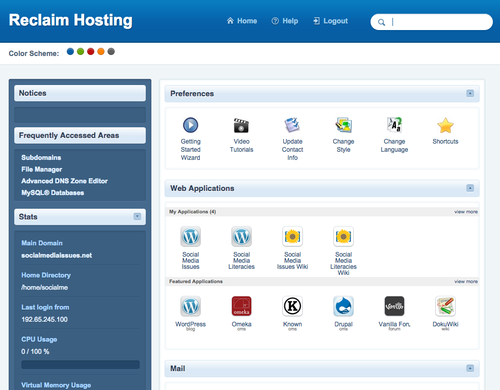
Mastering these tools is a means to an end for educators, but learning such mastery involves a meta-skill for educators and co-learners alike — in an era of inexpensive or free web apps, open educational resources, and increasingly experienced peer-learners, knowing how to roll your own learning community infrastructure is becoming essential.
I’ve been messing with social media learning platforms for about ten years, and thinking about them even longer. In 1995, I designed a demo of a “university of the future” for the NEC corporation — they built a working version at the cost that probably ran into millions of dollars. Here is what the mockup of the student profile page looked like (remember — 1995 broadband was the 22,500 baud modem):
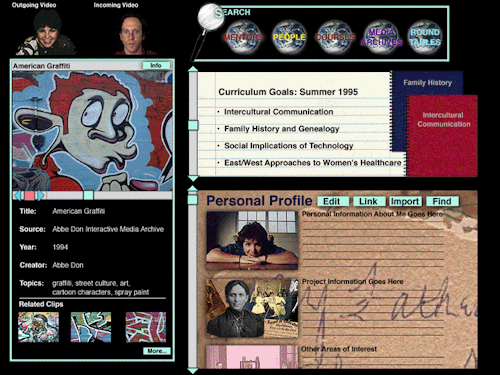
When I started teaching about social media at Berkeley and Stanford, I grew aware of the limitations of learning management systems, even the open source ones such as Sakai and Moodle, when it came to the affordances for social media — blogs, forums, wikis. So I used a wiki from one source, a forum from another vendor, and yet a third platform for blogs. My students complained that not only were they climbing the learning curve of these media, but each one had a different log in and interface. So I entered HASTAC’s Digital Media and Learning competition and from the most award I hired a developer, Sam Rose, to create an integrated social media learning environment based on Drupal. We called it the Social Media Classroom and I used it for years. I still use it for my Rheingold U courses. Learners can log in once and switch from wiki to forum to blog to social bookmark by clicking on different tabs in the same browser window.
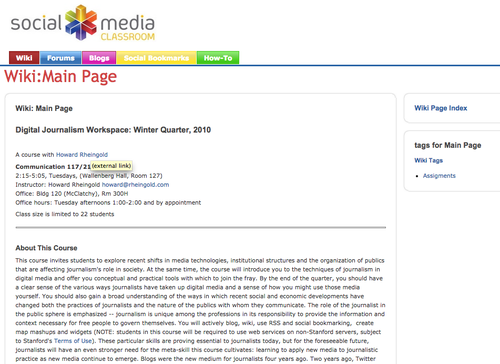
Then my curiosity about all the action around the mysterious hashtag #ds106 led me to discover what Jim Groom, Alan Levine, Martha Burtis and Tim Owen were doing with WordPress and open learning at the University of Mary Washington. In three one-hour sessions (which we recorded: the first, the second, the third), Groom showed me how to set up a domain of my own, operate cPanel, install and configure WordPress and set it up as a class hub. Using WordPress pages and menus, easily accessible from the dashboard, I added a MediaWiki, a series of syllabus pages, and a Discourse forum (now I start with a Facebook group). We use the blogs for individual voice and conversation about texts and the forum or Facebook group for group voice about overarching issues that emerge from the text. And each student claims a domain and installs their own WordPress blog.
My co-learners and I learn about social media, the subject of the course, and we also learn about how to make our own social media learning environments. Knowing web publishing doesn’t just confer a mighty learning power — it’s about the power to persuade, inform, and organize that is now available to more than a tiny elite, but only to those who are willing to experiment, tinker, and learn.
